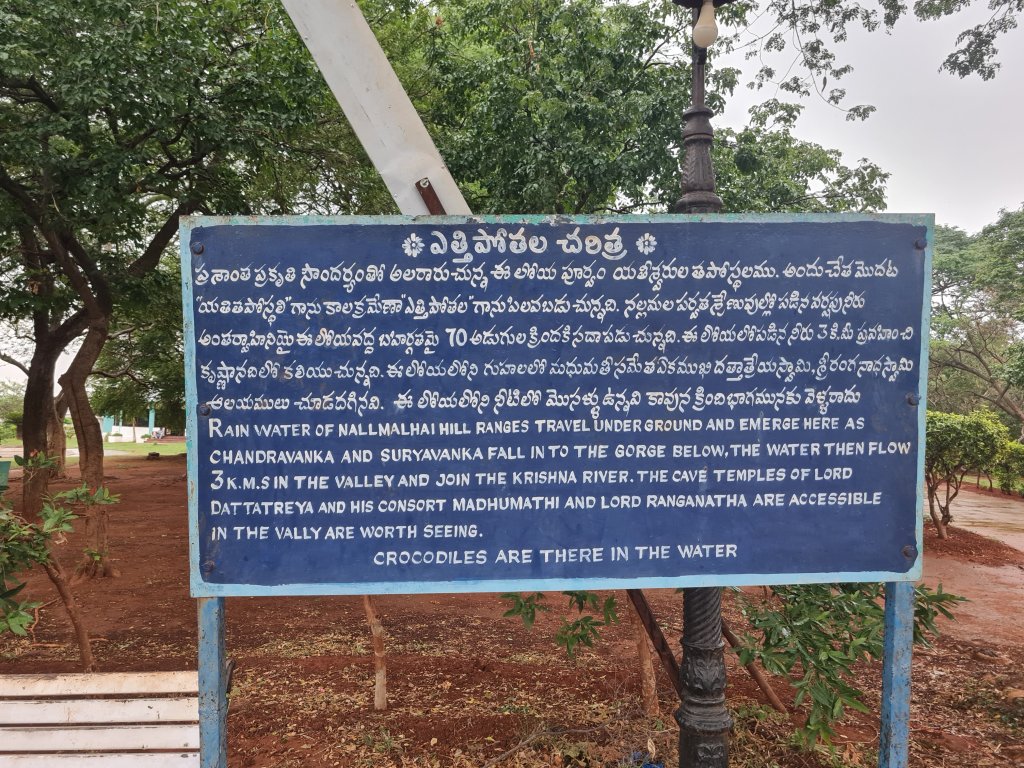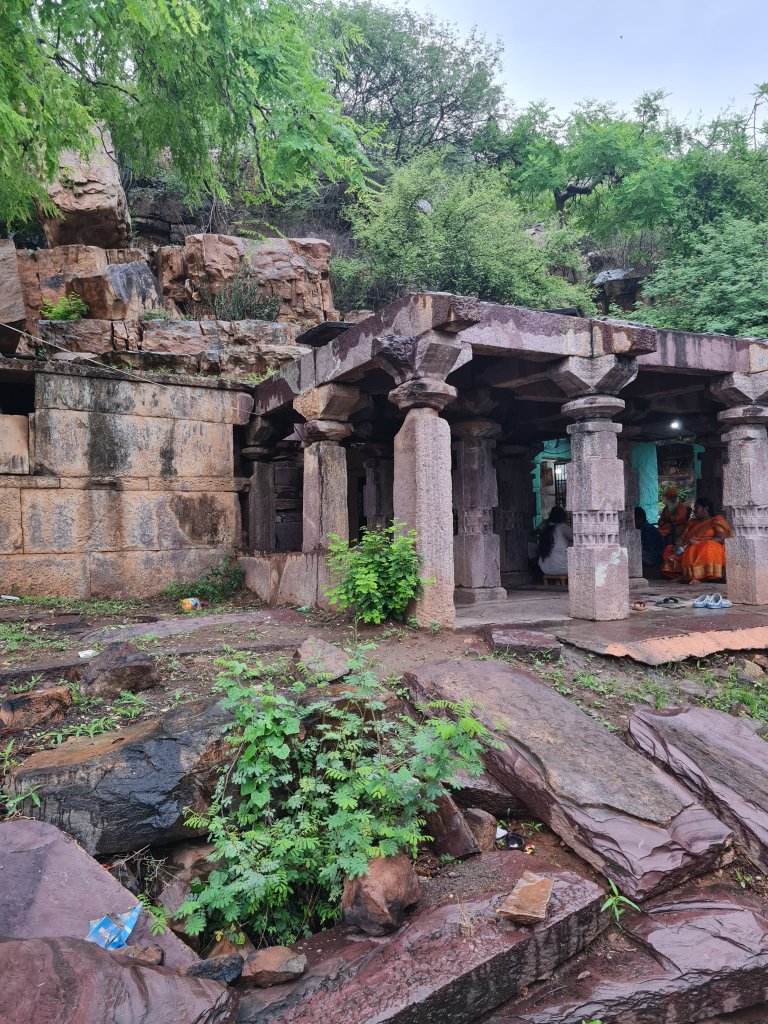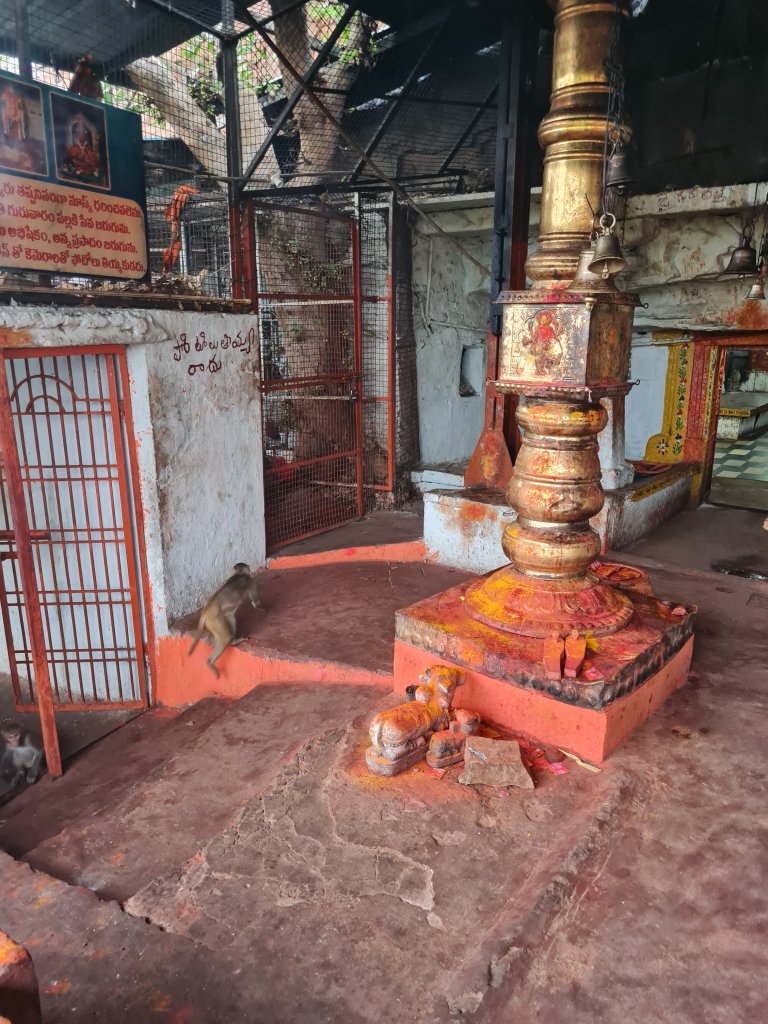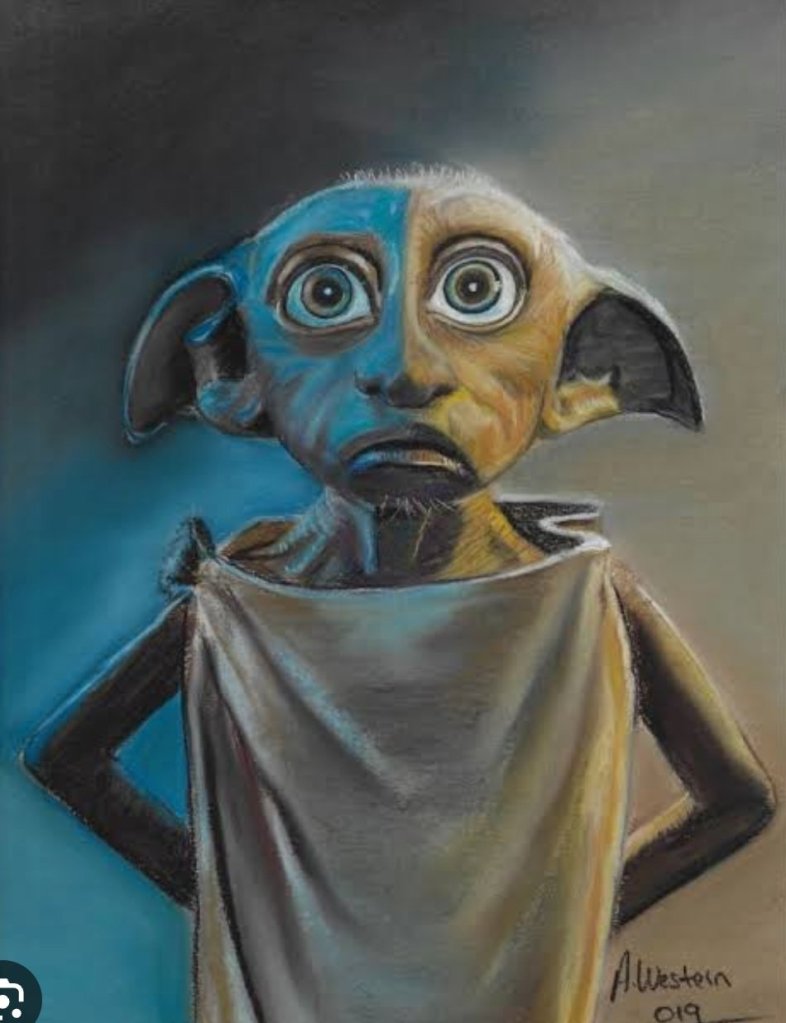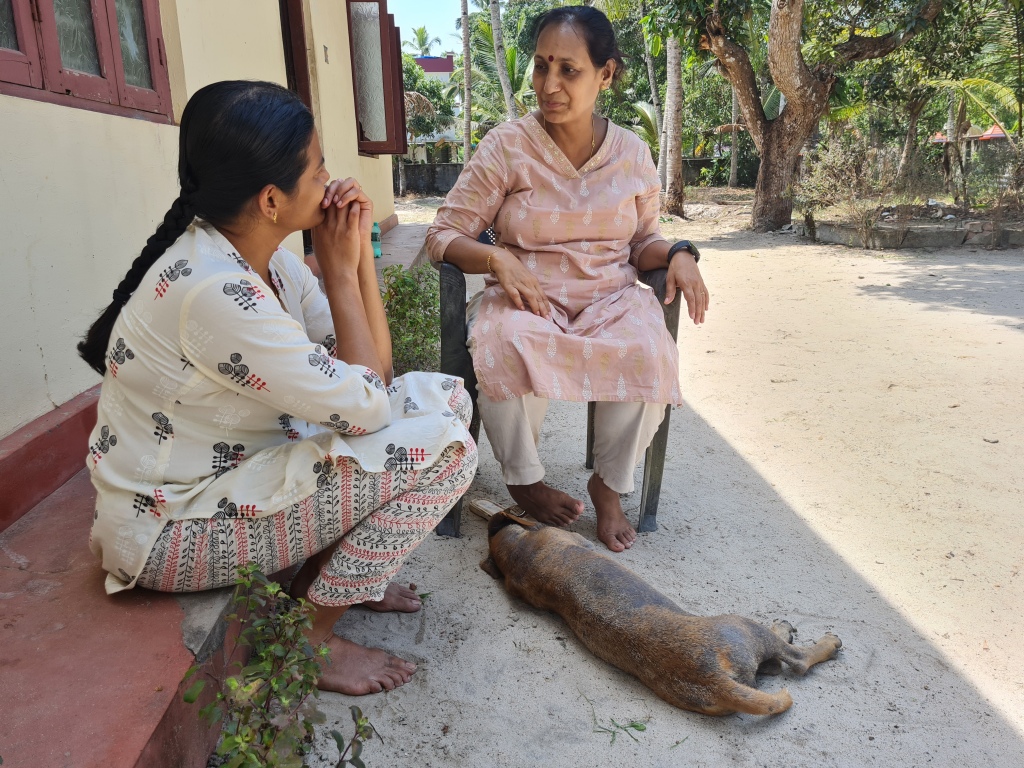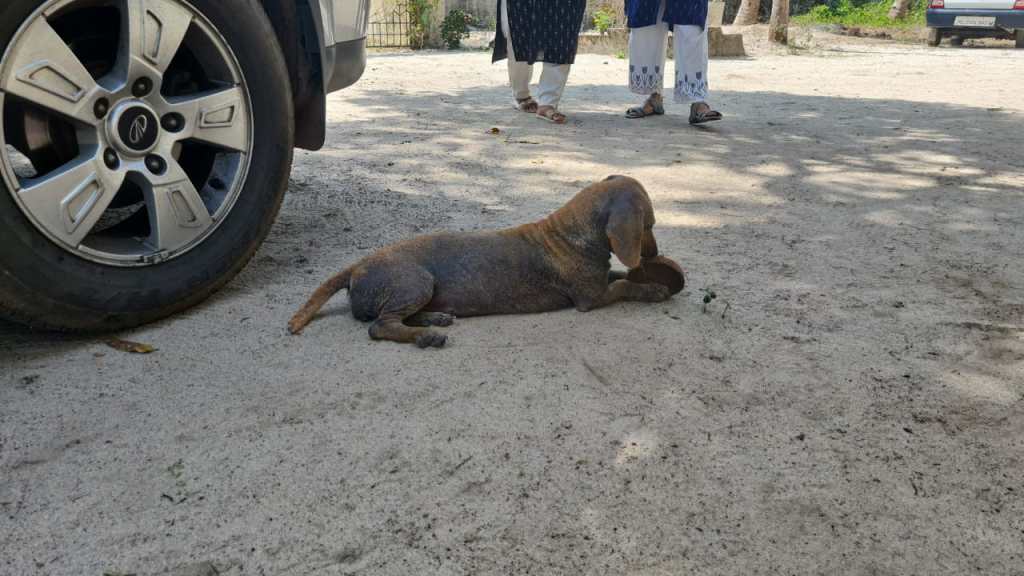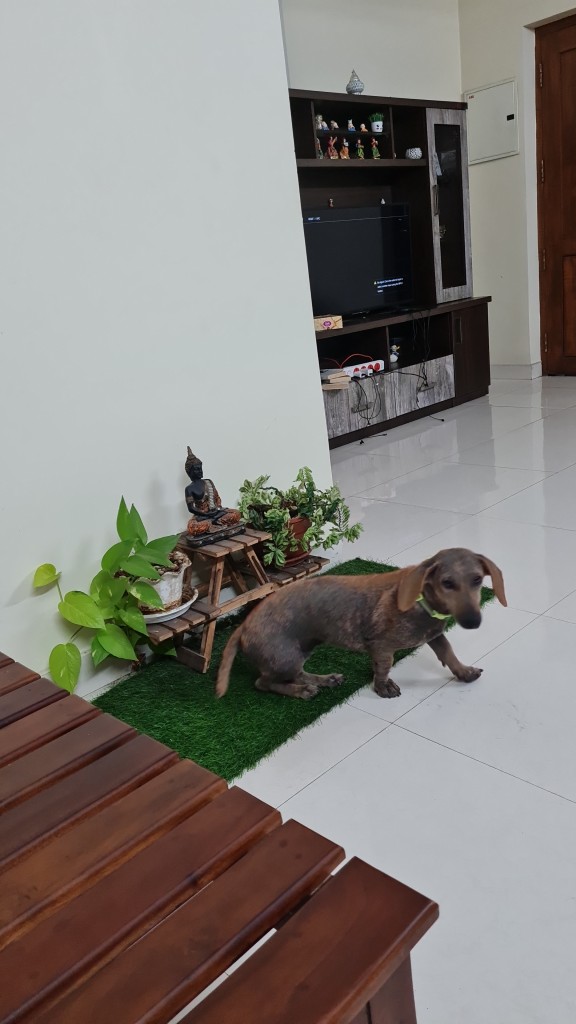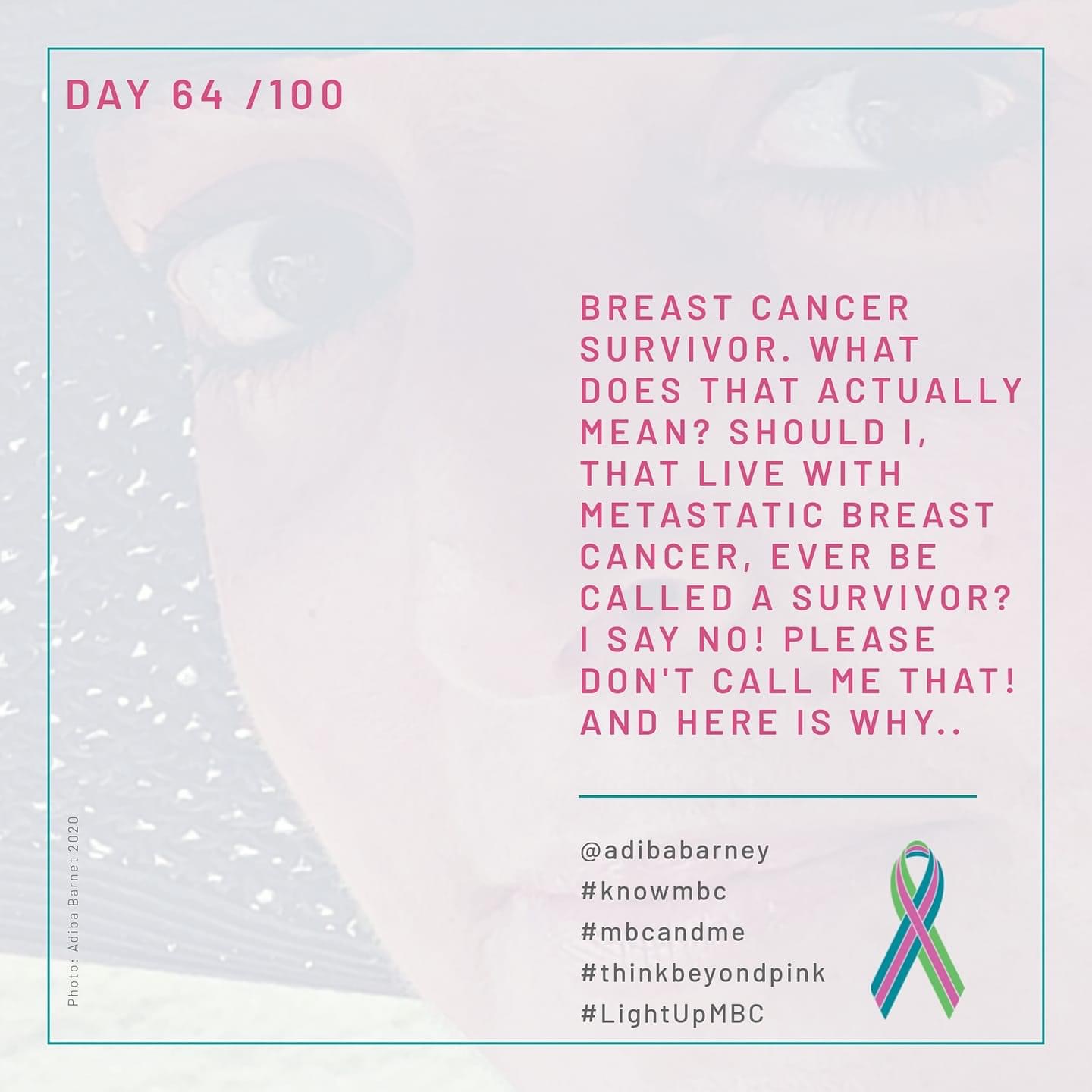“Your own Self Realization is the greatest service you can render the world”
Ramana Maharshi
One of the focus areas for all human beings is to remain physically fit and the training regime is structured accordingly. As one progresses in life, there are also brief introductions to the facets of mental and spiritual health, though the visible attractions of physical fitness act as Blinkers and prevents many from expanding his or her self-improvement targets to include that of Self Awareness and Self – Realization. This is also an important step towards developing one’s Intuition, which is a crucial component of any decision making. Kahneman in his book “Thinking Fast and Slow” speaks of System 1 and 2 types of brain, with one being the fast intuitive brain and the other being slow and rational. Kahneman warned the readers against their fast intuitive System 1 brain hijacking decisions due to the faulty structure of mental shortcuts or heuristics.
A crucial step in the whole process is self-awareness of the decision maker about his/ her decision making style as well as the Schema or mental framework that is influencing the decision. As compared to the Western concepts of Ego and Depth Psychology, which sees the dualism of mind and matter or the Conscious and the Unconscious, the Upanishads spoke of a single consciousness, which is obscured to the observer or normal human being due to multiple factors like ignorance and lack of knowledge. As the world considers Quantum Cognition and correlates quantum entanglement to understand deeper processes of the mind, it will be interesting to have a brief relook at the ancient knowledge systems.
Composed around the 2nd to 5th century of the Current Era, Patañjali’s Yoga Sūtras is both a classic of Eastern and world thought, forming one the of six orthodox Hindu philosophies of the Upanishadic tradition. Patañjali’s yoga methodology guides practitioners to direct experience of purusa, pure consciousness. In Patañjali’s world purusa is the fundamental ontological reality, which is self-illuminating, singular, eternal, and absolute. He uses several notable terms interchangeably with purusa: perceiver, seeing and ātman. In the Upanishadic tradition, ātman is the individual essence and localized expression of brahman, the Hindu term for God or the Absolute, and often rendered as Self. Clearly eluding a simple English translation, brahman is also variously described as ultimate reality and being-consciousness-bliss. Most notably, it is a term that does not allow for any metaphysical splitting of reality. Conscious, eternal, and irreducible, nothing can be marked out or set against brahman.
Bhagvad Gita has these verses :-
Know that Prakriti and Purusha are both beginningless; and also know that all manifestations and Gunas arise from the Prakriti. (13.19)
The Prakriti is said to be the cause of production of physical body and organs (of perception and action). The Purusha (or the consciousness) is said to be the cause of experiencing pleasures and pains. (13.20)
The Purusha associating with Prakriti (or matter), enjoys the Gunas of Prakriti. Attachment to the Gunas (due to ignorance caused by previous Karma) is the cause of the birth of JeevaAtman in good and evil wombs. (13.21) (JeevaAtman or Jeeva is defined as Atman accompanied by the subtle (or astral) body consisting of the six sensory faculties and vital forces; the living entity; the individual soul enshrined in the physical body.)
The one who sees the imperishable Supreme Lord dwelling equally within all perishable beings truly sees. (13.27)
When one perceives diverse variety of beings resting in One and spreading out from That alone, then one attains Brahman. (13.30)
The Spiritual Journey
How does an individual set forth on such a journey, which traditionally is undertaken under the guidance of a Guru or an enlightened soul, especially while continuing with the day-to-day demands of one’s profession and in some places where even the basic amenities are scarce? A journey, which demands ultimate commitment and sacrifice and a spirit to explore, without being confined by the perceived limits of a human mind might seem unsurmountable for a military mind. What works in favour for those in uniform to set upon such a path is the ingrained sense of discipline, which such a journey mandates. The assured exposure to violence, long periods of separation, possibility of death or witnessing death are certain aspects which makes such a journey imperative for a soldier, or should I say a spiritual scholar warrior. Either with a Guru or through institutionalized measures within the organization, such a journey can be undertaken which can provide perennial bliss in the longer term and peace of mind in the short/ medium term.
Six major orthodox schools of Hindu philosophy, that have stood the test of times are ‘Nyaya’, ‘Vaisheshika’, ‘Samkhya’, ‘Yoga’, ‘Mimamsa’ and ‘Vedanta’. Nyaya school teaches us the precepts of Law that govern us and our environment. Vaisheshikha School espouses Atomism or that all material objects of the world as composed of small parts which can be divided and sub divided into even smaller ones similar to what is taught in Atomic Physics. “Samkhya” is ‘number’ and stems from ‘Purusha’ and ‘Prakriti’. It explains creation in a manner where the implicit becomes explicit and that neither there is production nor destruction. ‘Purusha’ is pure consciousness, and ‘prakriti’ is nature. This is law of conservation of Mass. Yoga school teaches us that mind, body, and spirit are all one and cannot be separated. This is law of conservation of Energy. Mimamsa school teaches us ‘reflection’ or ‘critical investigation’ and thus contemplation of the consciousness. This is philosophy of Physics or Quantum Mechanics. Vedanta is “finality of the Vedas”. It reflects ideas that emerge from, all other doctrines contained in the Upanishads, especially the knowledge and liberation. It is the culmination of all sciences that end in one truth, the truth of consciousness.
A starting step in such a journey could be with the Mahavakyas. The Mahāvākyas are “The Great Sayings” of the Upanishads, as characterized by the Advaita school of Vedanta with mahā meaning great and vākya, a sentence. The essence of each of these Mahavakyas is the same, since all are intended to guide practitioners toward the realization that all beings are one with Brahman. Understanding this is believed to be the ultimate form of compassion, in which individuals recognize one another as part of the same whole. Tat Tvam Asi is one of the four principle Mahavakyas and refers to the unity of Atman (the individual self or soul) with Brahman (universal consciousness or the Absolute). Jnana yoga focuses on the contemplation of the Mahavakyas. The four Principle Mahavakyas are:
- Prajnanam Brahma – Consciousness is Brahman
- Ayam Atma Brahma – This self is Brahman
- Tat Tvam Asi – Thou art That or You are one
- Aham Brahmasmi – I am Brahman or I am Divine
If we focus on the Bhagvad Gita, the 18 chapters of the Gita can be seen as three shadgams or sections of six chapters each. In each of these sections, three broad topics are dealt with. In the first set of six chapters, the three topics discussed are jiva vichara, the sadana of karma yoga to attain moksha, and the human effort, purusha prayatna, to gain self-knowledge. The second shadgam discusses Ishwara swaroopa, the sadana of upasana yoga or meditation on Saguna Brahman, and Ishwara Kripa. The focus in the third shadgam is on the oneness of Paramatma and jivatma, the sadana of jnana yoga through practices such as sravana, manana, nidhidyasa, etc., and the importance of character building by cultivating worthy qualities and virtues. It is shown that the first topic in each of the three shadgams, namely jiva vichara, Ishwara vichara and Jiva-Brahma Aikya Jnana, respectively unfolds the explanation of the three terms Tvam, Tat and Asi in the Mahavakya. The ‘Tvam’ pada refers to the essential nature of the individual soul, the ‘Tat’ pada is about the nature of the Supreme Brahman and the ‘Asi’ pada affirms the oneness of Paramatma and the jivatma. The second and the third topics in each of three sections comprehensively deal with the yoga sadanas, karma, bhakti, and jnana and of the importance of human effort, God’s grace and the cultivation of Daivi sampath or virtues.
Two birds living together, each the friend of the other, perch upon the same tree. Of these two, one eats the sweet fruit of the tree, but the other simply looks on without eating.
As Swami Krishnananda interprets the Mundaka Upanishad, the two birds are the Jiva and Isvara, both existing in an individual who is compared to a tree. They exist together as the reflection and the original. They both manifest themselves in different ways in every individual. From the characteristics of the Jiva it is possible to infer the nature of Isvara, and from the nature of Isvara it is possible to determine the potentialities of the Jiva. Both the Jiva and Isvara have a common substratum which is Brahman and which is the reality of both. The body is compared to a tree because it can be cut down like a tree. This tree is also called the Kshetra or the field of manifestation and action of the Kshetrajna or the knower of the field. The body is the field of action and experience and it is the fruit of actions done already. That which distinguishes the Jiva from Isvara is the mind only. In fact, the mind itself constitutes the Jiva. It is the Jiva that is affected by Avidya, Kama and Karma. Because of the conjunction of consciousness with these limiting factors, it has to experience the results of its actions; but Isvara, who is not limited to any adjunct, has no actions whatsoever to perform, and so, no experience of the results of actions. The fruits enjoyed by the Jiva are of the nature of pleasure and pain, i.e., they are all relative experiences born of non-discrimination. The experience of Isvara is eternal and is of the nature of purity, knowledge and freedom. Relative experience is the effect of the presence of Rajas, but the character of Isvara is Sattva and, hence, there is no phenomenal experience for Him. He is in fact the director of both the agent of actions and the results of actions. Isvara’s activity consists in His mere existence. The value of His existence is greater than that of the activity of the whole universe. His existence actuates the whole universe of manifestation.
What Motivates Me?
As a continuation of the journey of self-awareness, it is important to understand as to what motivates each one of us? What is the absolute motivation or incentive to work? Is it the material need as identified by Western motivational theorists or an innate desire to complete all actions associated with one’s birth in this world? Mahabharata emphasizes man attaining his ultimate goal in life, Moksha (self-realization). Man is expected to achieve this goal by synthesizing the different facets of Dharma, Artha and Kama. These concepts have many meanings. In an organizational context they can take on the following meanings:
- Dharma: Code of conduct
- Artha: Material attainments – wealth, the apparent reason for action
- Kama: Desire
- Moksha: Excellence in work, to go beyond material desires; the non-apparent reason for action.
In some sense, Kama drives attainment of Artha. The Dharma not only keeps a check on Kama so as not to indiscriminately pursue artha but also channels action to attainment of Moksha. One can detect in this aspect of Indian philosophy the similarities with Maslow’s hierarchy of needs. Maslow identified that the source of motivation for working is satisfying a hierarchy of basic needs which include, security, social, ego and self-actualization. Man’s behavior can be explained in terms of his experiences and by which of his needs are met. When a particular need has not been met, the drive to fully attain it, can considered fuel for that directs the activities of an employee; it determines what will be important to him/her and shapes the employees behavior accordingly. Therefore, according to Maslow’s theory, the level of motivated behavior is seen by the kind of activity a person is engaged in. The tension experienced within that individual, pleasant or unpleasant, arises when the individual is attempting to meet his or her need and is therefore very purposeful or goal directed in the type of actions they take to achieve this end. A need that is satisfied is no longer a source of tension, hence according to Maslow, only unmet needs are the prime source of motivation. If dissatisfaction, discontent and restlessness are the root cause of all activity, then the words of Chris Argyris that today’s bountiful economy is supporting an unhappy society appear true. This gives a very pessimistic picture of human endeavors.
While western thought talks about action propelled by individual drives, the Vedantic philosophy views the role of personality with its internal predispositions for motivation being secondary to societal considerations in guiding behavior. The unfolding of selflessness in the form of taking action towards societal good and betterment of the world is the ideal to be pursued. Hence for all people, action is inevitable but not in the same way Maslow proposed, that individuals are need-driven. Man cannot escape having to work, according to Vedanta, he must work in order to attain both Abhyudaya (worldly excellence) within the ambit of Dharma and also strive to attain Nishreyasa (spiritual excellence). Vedanta defines the importance of all desires of man, from the material and sensory to the moral, ethical and transcendental in its concept of Purusharthas (values sought by man). However, in sharp contrast to Maslow’s need based theory, Indian philosophy holds that the four aspects are not “needs” but “what always exists”. The word kama, desire, constitutes the entire range of human cravings and satisfactions at the sensory level. The second, artha (wealth), is the instrument for satisfying kama (desire). The third, Dharma, means ethical sense and helps to discipline and regulate the pursuit of the first and the second. Therefore, it would still be possible for one to strive for the greater good and during this process experience spiritual excellence without necessarily being affected by the material costs of the endeavour. Man could then attain Self-Realization, a concept that is profoundly higher than self-actualization, because it is no longer limited to the individual but ultimately elevates him to a higher plane. This idea of selflessness is the cornerstone of the Vedantic worldview. Accordingly, Human values in management proceeds from Dharma.
Sage Patanjali mentions five kleshas in Yoga Sutra 2.3 “Avidya-Asmita-Raga-Dvesha-Abhinivesa-Klesha” responsible for all our suffering in life. The Sanskrit word klesha translates to “poison” or “affliction.” This term is used to denote specific negative mental patterns that obscure our true nature. The kleshas are considered the cause of suffering in yogic and Buddhist philosophy and are to be actively overcome.
- Avidya: ignorance
- Asmita: I-ness, ego sense
- Raga: attachment
- Dvesha: aversion
- Abhinivesah: fear of death, clinging to life
- Klesha: painful, afflicted
Only through proper understanding, we can outgrow our intrinsic afflictions as we are all born with these kleshas. The first step is to understand these kleshas and then make an effort to eliminate them while fully understanding that all of these afflictions are tangled together within our egos.
The Future – Closer to Self-Realization
As Wg Cdr NJ Reddy (Retd), the founder of Yoga Prana Vidya (YPV) says, “Mindfulness is a state of being aware of the present moment without any expectation or judgment. It can be done by becoming more aware of one’s feelings and thoughts and can help you listen in detail, appreciate others better and not react instantly by being carried away by emotions”. Sadhguru, the founder of Isha Foundation speaks of repeating, “I am not the mind, I am the soul” as part of Isha Kriya to get one’s attention to breathing and says that it is not a “slogan, philosophy or ideology, but a fragrance added so that one can more readily become aware of the breath”. Sri Sri Ravishankar, the founder of Art of Living, has included focusing on one’s breath as part of his meditation programs like Sudarshana Kriya to make one aware of the present moment.
An interesting perspective on understanding ones’ intuitional plane can be seen in the teachings of YPV. While speaking of connecting the jivatma (lower soul) with the paramatma (higher soul), after establishing connection with the higher soul through Lord’s prayer (Our Father, who art in heaven, hallowed be thy name; thy kingdom come; thy will be done on earth as it is in heaven. Give us this day our daily bread; and forgive us our trespasses as we forgive those who trespass against us; and lead us not into temptation, but deliver us from evil) and Affirmation (“I am not the body, I am the Soul (Incarnated Soul). I am not the emotion, I am not the thought, I am not the mind. Mind including mental, emotional, etheric and physical bodies is the subtle instrument of the Soul and I am that Soul.”), Wg Cdr Reddy (Retd) speaks of the Crown Chakra/ Centre and the Forehead and Back head Chakras/ Centres as doors to the higher and lower intuitional plane. Calling them as centres of direct perception, the YPV offers various sadhanas and techniques to increase one’s awareness and become better human beings.
As per one author, the path to Self – Realization consist of nine steps, Self Awareness, Self Exploration, Self Discovery, Self Understanding, Self Love, Self Transformation, Self Mastery, Self Transcendence which finally leads to Self-Realization. Sri Aurobindo believed reaching profound silence was the first (not the last) and the most important step in self-realization. He believed that silencing the mind and body totally was imperative for the descent of supreme consciousness inside a human body. He said that none could ever hope to bring the higher realms of consciousness into one’s being without this basic and foundational step. The Upanishads spoke of four main paths to self-realization: karma yoga, bhakti yoga, jnana yoga, and raja yoga. Karma yoga is the yoga of action. To perform karma yoga perfectly, you must do every action with the thought that God (or your higher self) is acting through you. When you practice karma yoga truly, you have no desire for a reward or any recognition of your actions, because you know that it was really God, not you, who was the doer. It doesn’t matter so much what you do, although it may be easier when you know that your action is benefiting someone. Mother Teresa and Gandhi are famous examples of karma yogis. Bhakti yoga, the yoga of devotion, is the main focus of many religions. It’s the simplest and sweetest of the paths. Bhakti yogis merge back into God when they have attained perfect divine love. Just as it doesn’t matter what type of action is being done in karma yoga, it also doesn’t matter what the object of one’s devotion is. In Christianity it is Jesus; in Hinduism it can be one of thousands of gods and goddesses or the one infinite God beyond creation; in Islam it is Allah. Gyana or Jnana yoga is finding God through wisdom. Gyana yogis use self-examination and ever-deepening insight to penetrate through their likes and dislikes and extract the seed of Truth. The key is not to become attached to one’s insights into profound truths, which again allows the ego to come in. There is a Sanskrit saying that describes gyana yoga: “neti neti,” meaning, “not this, not that.” Gyana yogis toss aside everything that is not eternal, until all they are left with is God. One well-known gyana yogi is Shankaracharya. Raja yoga combines the three yogas above, with an emphasis on meditation. Meditation helps to strengthen and guide each person’s practice of the other yogas to keep them heading toward God and self-realization.
Self-realization is not only a withdrawal and detachment process, but it is also a silencing process. You become silent gradually from outer aspects of your beingness into your inner aspects, until you become fully silent. Therefore, the next step in your progress is to rest your imagination completely and enter into a zone of silence. This, in fact, is the last frontier in your quest for truth. The Upanishads see a clear distinction between a yogi who has silenced his desires and awakened to a new knowledge and a seer, who has actually witnessed the true Self. When the mind and body become silent, when intelligence and imagination stop playing games inside your consciousness, when you enter into a deep silence and spend considerable time there, you peel off the last remaining layers of impurities around your Self, which are mostly the past life impressions (samskaras). Then you pass through several states (desas) of samadhi, some in which you will retain little awareness (savikalpa) and some in which you will transcend all subtleties and distinctions (nirvikalpa), until you become your True Self. Some say, this is the end of the journey. After that you are like a rain drop that has fallen into the ocean. Some say, there is one more step, that is coming into contact with Supreme Brahman (brahmasparsa).
The quantum of knowledge available in our ancient knowledge system is unfathomable and the journey is an arduous one. As members of the Armed Forces tasked with the supreme responsibility of safeguarding the Motherland, even at the peril of our own lives, such a spiritual journey is sine-qua-non for all of us. The recent efforts at national level to revive the ancient knowledge systems and various parallel processes undertaken by premier institutions like the College of Defence Management are small but pivotal steps towards such a noble future. The Thirukkural says that time is but a sword, which keeps cutting away at life. If we thought of life as fleeting, then we would not waste our time, but would want to be of some service to others.








